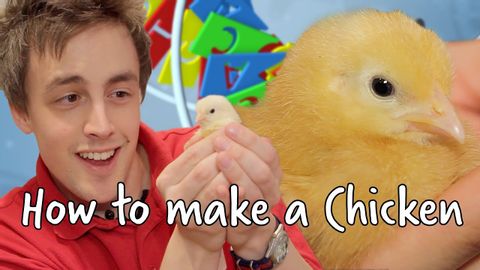
Subtitles & vocabulary
How To Make A Chicken | At-Bristol Science Centre
00
Vicky posted on 2015/06/07Save
Video vocabulary
spot
US /spɑt/
・
UK /spɒt/
- Noun
- A certain place or area
- A difficult time; awkward situation
- Transitive Verb
- To see someone or something by chance
A2TOEIC
More find
US /faɪnd/
・
UK /faɪnd/
- Transitive Verb
- To become aware of something that is happening
- To discover or meet by chance
- Noun (Countable/Uncountable)
- Object discovered by chance
- Things that have been discovered from searching
A1
More crack
US /kræk/
・
UK /kræk/
- Noun (Countable/Uncountable)
- Attempt to achieve a goal or objective
- Unexpected and hard hit to the body
- Verb (Transitive/Intransitive)
- To attempt to achieve a goal or objective
- To hit someone or something hard and unexpectedly
B1
More chance
US /tʃæns/
・
UK /tʃɑ:ns/
- Noun (Countable/Uncountable)
- The way something happens without planning
- An opportunity; favorable circumstances, situation
- Adjective
- Happening by luck; not planned
- Taking a risk to try something
A1
More Use Energy
Unlock All Vocabulary
Unlock pronunciation, explanations, and filters
